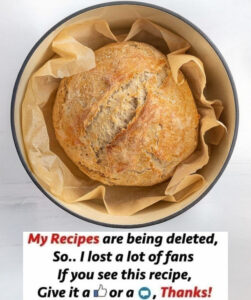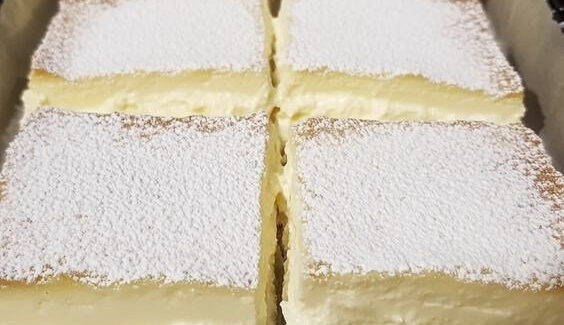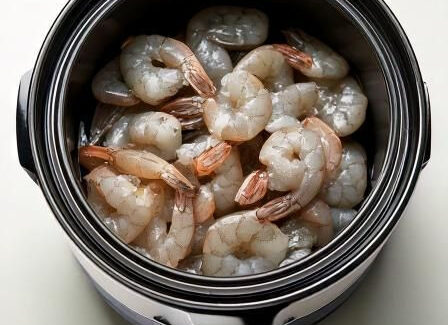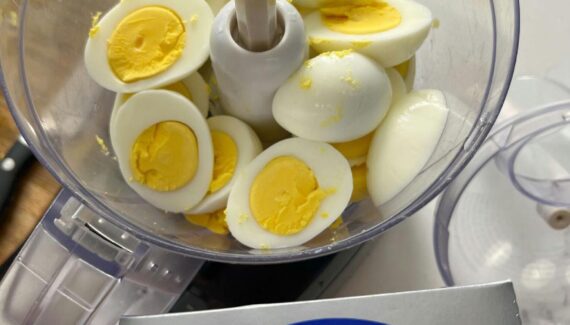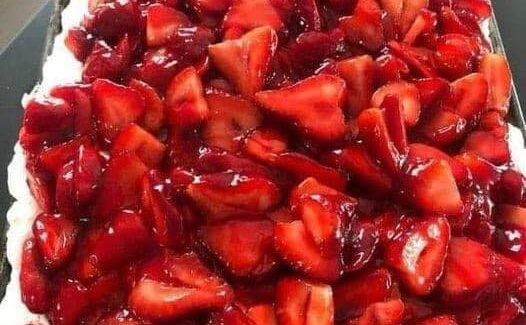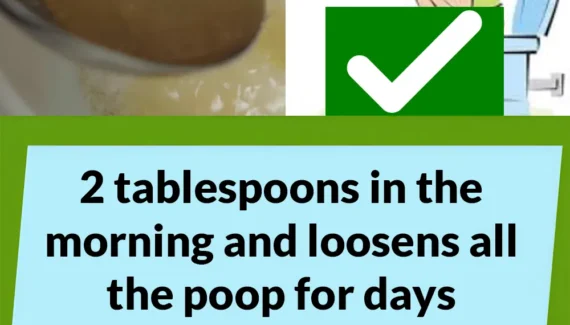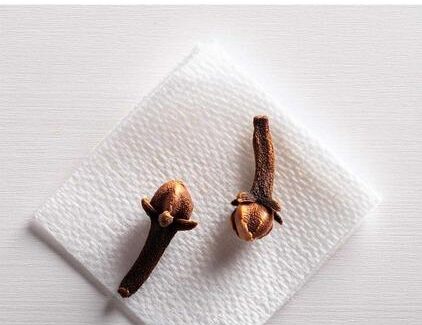Few things in the world of baking are as satisfying — or as magical — as pulling a golden, crusty loaf of sourdough bread from the oven. With its crisp exterior, airy crumb, and signature tang, sourdough is both a humble comfort food and a work of living art.
Unlike breads made with commercial yeast, sourdough relies on a natural fermentation process — a wild yeast and bacteria culture known as a starter — to rise. It’s bread that breathes, evolves, and tells a story with every loaf.
Whether you’re a seasoned baker or a curious beginner, learning how to make sourdough bread is an experience that connects you to centuries of tradition and the slow, rewarding rhythm of handmade food.
A Brief History of Sourdough
Sourdough is one of the oldest forms of leavened bread, dating back over 5,000 years to ancient Egypt. Long before commercial yeast was invented, bakers relied on naturally occurring wild yeast and lactic acid bacteria to ferment dough.
Over generations, this method has been preserved — passed down through families, cultures, and bakeries around the world. The result? A bread that’s flavorful, nutritious, and deeply connected to the earth itself.
The Science Behind the Starter
The heart of every sourdough loaf is its starter — a mixture of flour and water that captures wild yeast and beneficial bacteria from the environment. These microbes feed on the natural sugars in the flour, producing carbon dioxide (for lift) and lactic acid (for tang).
Once active, the starter acts like a living yeast — it ferments your dough, creates flavor complexity, and gives your bread that iconic sourdough texture and aroma.
Ingredients You’ll Need
To make one large loaf of classic sourdough bread:
For the Starter:
-
½ cup (60 g) whole wheat flour
-
½ cup (60 g) all-purpose flour
-
½ cup (120 ml) water
For the Dough:
-
1 cup (240 g) active sourdough starter
-
1 ½ cups (360 ml) warm water
-
4 cups (500 g) bread flour
-
2 teaspoons salt
(Note: You can use all-purpose flour instead of bread flour, but bread flour gives a chewier, more structured crumb.)
